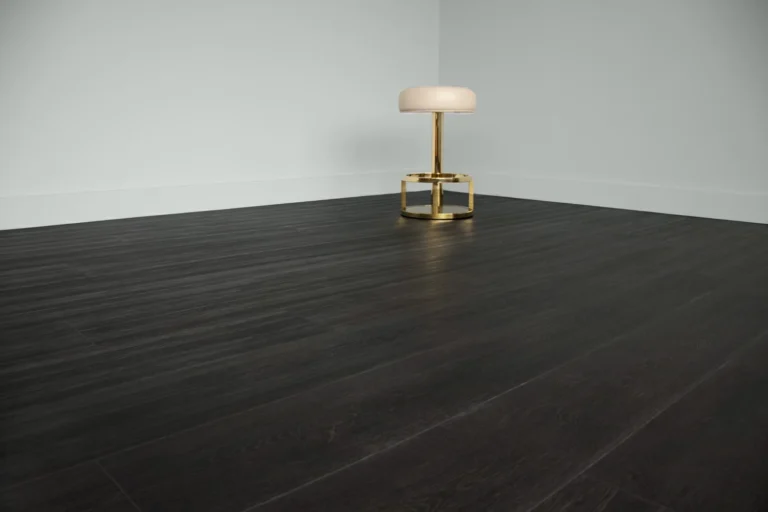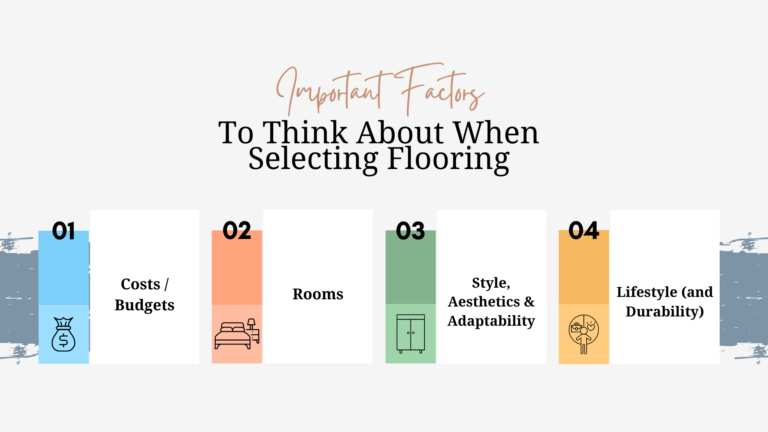How to Incorporate Flooring Grades into Your Home’s Aesthetics
As a homeowner or interior designer, flooring decisions go beyond factors such as cost, durability, and even functionality. Instead, hardwood flooring is often selected simply because of its aesthetic appeal. For instance, homeowners and interior designers may ask questions, such as –
- Do we want floors that have a lot of character or almost none?
- Do we want floors with a lot of color variations?
- Do we want a wide plank or a narrow one?
Depending on what you are seeking for your home, the answers to these questions will likely differ.
A great place to start is by looking at the grade of each wood product offered by manufacturers, such as Villagio Wood Floors.
But what are flooring grades, and what does it have to do with aesthetics?
Flooring grades are used to determine certain characteristics of a wood’s appearance. The scale that wood is graded upon takes into account several key factors, such as number and size of knots, amount of sap present, color variations, and many other wood characteristics.
Graded on an A through F scale, fewer knots, less variation, and less character would be at the beginning of the scale and considered Prime grade, resulting in a letter designation of AB or even ABC. The more knots present, along with more variation and characteristics, the wood is considered to have more movement or character, the resulting grade would be higher/ Natural grade wood is typically given a grade of CD, while more rustic lumber is awarded a grade of E and even F.
Another way to think about flooring grades is that the scale goes from clean and modern to rustic and farmhouse based on the appearance of the wooden planks.
Let’s dive into the specifics of the four flooring grades available.
Prime or AB Grade
Prime Grade, also known as AB Grade, is the highest grade of wood flooring possible. At this grade, wooden planks are cut from the center of the log where the wood is the most uniform in appearance with minimal color variations. Prime Grade wooden planks offer very few and almost unnoticeable/unobtrusive knots. Sap content at this grade is very low to nonexistent. In general, wood at this grade offers a clean, uniformed look that is often found in new and modern homes.
Select or ABC Grade
The next flooring grade after Prime Grade is Select Grade, also known as ABC Grade. At this grade, wood flooring contains small knots, little amounts of sap, and more color variations than Prime Grade. Select Grade is perfect for modern homes that want some movement.
Natural or ABCD Grade
ABCD Grade wood flooring, or Natural Grade, can also be referred to as mill run. At this grade, wood flooring planks have more noticeable and larger knots as compared to the previous two grades. They also contain more sap content and can offer more color variations. Since wood at this grade is not cut from the center, Natural Grade can have knots with holes. Rest assured, these holes are filled and sanded for a smooth overall look. It’s important to keep in mind that this grade will incorporate A, B, C, and D grade boards – meaning that some planks will be AB grade and some will be CD and some even A and C together; it is a mix of them all.
Rustic or DEF Grade
The final grade is the Rustic Grade, or DEF Grade. As the name suggests, Rustic Grade wood provides a more rustic or traditional, vintage look and feel. The wood graded at this level tends to have a larger range in color variation and sap content. Appearance wise, Rustic Grade wood has more knots and fillers, perfect for vintage, traditional, and farmhouse looks.

Flooring grades tell you a lot about what the wood you select will look like, and with that, how it will look in your home. As a homeowner, not only will you be selecting wood flooring based on durability, type of species, or finishes, but you will also be looking at color, appearance, and characteristics.
So, depending on what design you are looking for in your home, you may decide that one grade is more suitable than another. In the end, your flooring selections are based on your preferences – there is no right or wrong answer. What’s your favorite or go to flooring grade?















